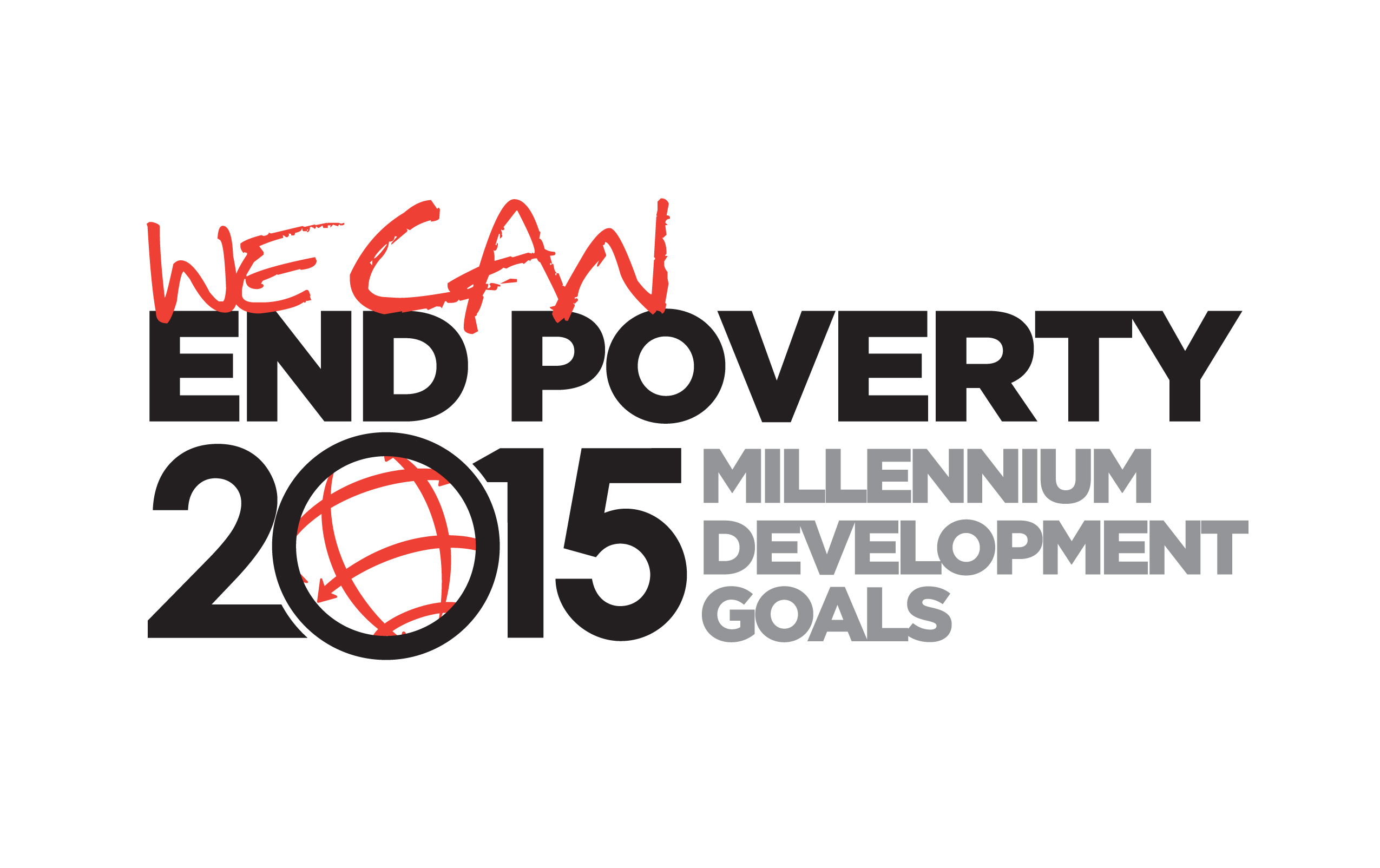
Since from 1993, The Government of Malaysia (GOM) had initiated recycling program which however had been declared as a failure in year 2000. The recycling program was re-launched again in 2002 with the introduction of the 3-color recycling bins. Nevertheless, the recycling bins are deemed a failure as the recycling rates remain stagnant since then. The recycling efforts in our country are primarily driven by private sector and charitable bodies. Our recycling programs focus primarily on dry recyclable items such as paper, plastic, aluminum tin and metals due to the immediate commercial value. The recovery of food waste is always neglected by the public as it has no commercial value especially in a mixed waste. Besides, food waste especially the left-over consumer food waste is difficult for normal composting. Hence, the food waste made up the most in our waste stream.
In 2007, GOM has introduced a new policy on solid waste management named as Solid Waste and Public Cleansing Management Act. With the establishment of the Act, two government institutes (National Solid Waste Management Department and Solid Waste Management and Public Cleansing Corporation) are introduced. The direction of the solid waste management in our country relies heavily on these government agencies. The government’s policy on waste management is to move away from the sole dependence on landfilling as the only option for waste disposal toward a more balanced, integrated waste disposal hierarchy.
Table 1: MSW composition (K.L.) from various sources
The high fraction of organic waste contributes to the high moisture content and low calorific values in our MSW. Besides, with its “rapidly biodegradable” nature, organic waste is responsible for most of the pollution that arises in a landfill such as landfill gases and leachate. Landfill gases like methane gas and carbon dioxide gas are the most common greenhouse gases that contribute to climate change while landfill leachate causes groundwater and river pollution especially if the landfill is an open dump. Lower caloric value of the waste can make the introduction of better waste management challenging. It is more difficult to sort the waste, and the quality of the waste for recycling is low. It is also more difficult to incinerate the waste with energy recovery as incineration of mixed municipal waste requires normally that the waste has a minimum average caloric value of 7 MJ (mega joule) per kilo. According to CORE Recycle Energy Sdn Bhd, the caloric value of solid waste in Malaysia 

To achieve any waste reduction goal, the organic fraction of the solid waste, especially the food waste has to be separated at source and diverted from the waste stream to ensure a high percentage of waste recovery in any waste treatment plant such as MRF (Material Recovery Facility) and MBT (Mechanical Biological Treatment). An Organic Waste Diversion (OWD) Project is proposed in University of Malaya
A “Green Bag Scheme” will be introduced for the food waste diversion while a “Wood and Yard Waste Scheme” for the diversion of yard waste and wooden bulky waste. For Green Bag Scheme, every cafe operators in UM campus have to dispose food waste from the eatery areas in the green bags. The use of garbage bags at all eateries is standardized to ease the separation process. The green bags will then be collected by JPPHB (the department that manage the waste collection) and be transferred to the UM central waste disposal site. At the disposal site, the green bags will be unloaded in the designated RORO (Roll-in Roll-off) bin, to be hauled by the appointed waste contractor. The food waste will be sent to a mass scale composting farm to be turned into organic fertilizer. For the wooden bulky waste diversion, this type of waste will be transferred to a biogas recovery plant to be converted into energy by gasification process. A Code of Practice is enforced to ensure the function and sustainability of the Schemes. Capacity building program is carried out to inform and train the kitchen staffs to oblige to the Scheme.
To make the project a success, we use policy instrument to apply the Code of Practice and market-based instrument (by distributing garbage bags of different colors) to encourage the involved parties to practice separation of food waste at source under the Green Bag Scheme. The concept being used is "economy of scale" and "price advantage".
From the waste audit, it shows that at least 50% of the waste can be diverted upon the project’s full implementation. The overall waste management cost will be reduced by at least 20% with a lower waste disposal contract value. This project is a showcase of separation of organic waste at source, which is a simple and practical, yet effective concept in waste minimization effort in our country.
Stay tune with the Green Bag Scheme !










1 comments: on "The Idea of Organic Waste Diversion (OWD) in Campus !"
What does a green waste collection end up doing, I was wondering if it restricted to a few recyclables?
organic waste collection grand rapids mi
Post a Comment